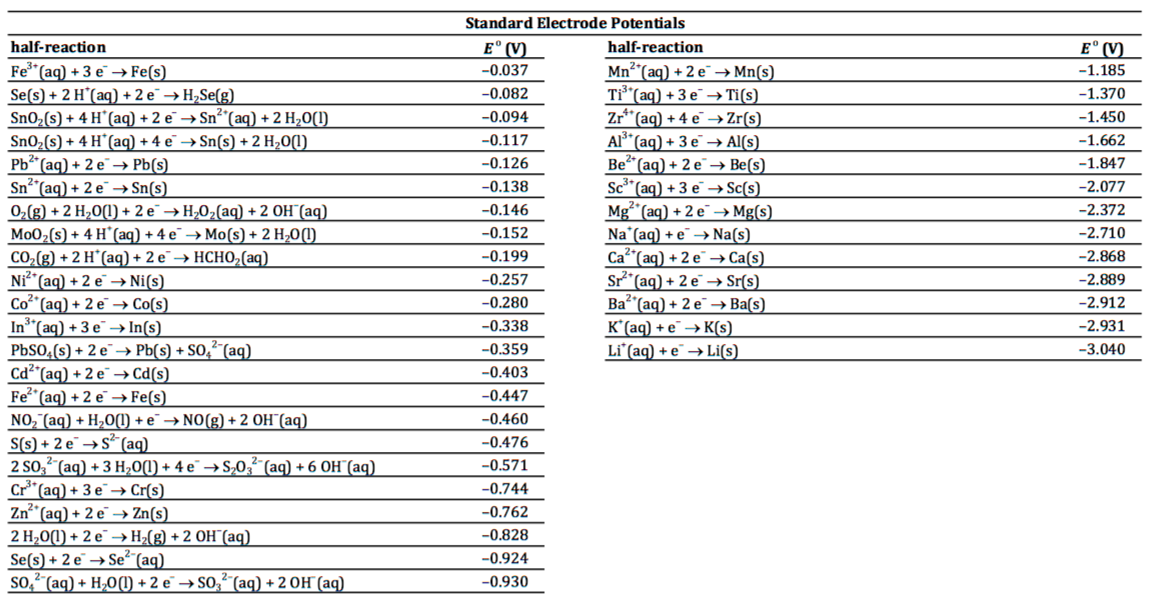

Anode is the sources of positive charge in the electric device that attracts the negative charge or anion or works as an electron acceptor, whereas cathode attracts the positively charged cations, whereas the negatively charged anions stays away from it.In anode the current flows into the device from outside, whereas in cathode the current flows out of a device that means electrons flow into this terminal from the outside.Anode is the type of electrode in an electrical device that usually works as positively charged terminal, on the other hand, cathode is the type of electrode in an electric device that usually works as negatively charged terminal.Generally the flow of electrons is always from anode to cathode, regardless the device type and operating mode. It would be kept mention ed here that electrode is the conductors through which electric current enters or leaves the device. In a device like battery which takes the energy, the cathode works as negative electrode, whereas in the device like discharging battery which provides the energy, the cathode works as positive electrode. It attracts the positively charged cations, whereas the negatively charged anions stays away from it. Cathode’s current flow in the electric circuit with respect to anode can either be positive or negative. Electrons are pushed on to the anode by species. In galvanic cells, the anode is negatively charged. The electrons transferred to the anode flow from it through the lightbulb to reduce species at the cathode. Cathode: Cathode is the electrode/metal plate that is connected to the negative terminal of the cell. Anode is electron deficient and hence, the negative ions are attracted to the anode where they lose electron and become atoms. In a corrosion cell, the cathode and anode potentials also. Anode and Cathode: Anode: It is the electrode/metal plate that is connected to the positive terminal of the cell. If the anode tries to supply electrons faster than the cathode can consume them, then the excess electrons choke off the anode reaction. The cathode reaction can proceed only when it receives electrons from the anode.


In cathode the current flows out of a device that means electrons flow into this terminal from the outside. In the diagram above, species spontaneously transfer electrons to the electrode on the right species are oxidized, so this is the anode. The cathode and anode currents must be equal in a corrosion cell. An anode is an electrode where an oxidation reaction occurs (loss of electrons for the electroactive species). The purpose of this article is to clarify and clearly define these different terms. In cathode the current flows out of a device that means electrons flow into this terminal from the outside.Īnode is the sources of positive charge in the electric device that attracts the negative charge or anion or works as an electron acceptor.Ĭathode attracts the positively charged cations, whereas the negatively charged anions stays away from it.Ĭathode is the type of electrode in the electric device that usually works as the negatively charged terminal. The terms anode, cathode, positive and negative are not synonymous, they can sometimes be confused, which can lead to errors. In anode the current flows into the device from outside. Comparison Chart AnodeĪnode is the type of electrode in an electrical device that usually works as positively charged terminal.Ĭathode is the type of electrode in an electric device that usually works as negatively charged terminal. In anode the current flows into the device from outside, whereas in cathode current flows to outside of the device. The flow of current within an electric device means the movement of electric charge. Conversely, a cathode is the eletrode in. Anode is the type of electrode in an electrical device that usually works as positively charged terminal, on the other hand, cathode is the type of electrode in an electric device that usually works as negatively charged terminal. An anode is the electrode in a polarized electrical device through which current flows in from an outside circuit. Although when both these electrodes work in reverse polarity it adds up confusion for the one. Anode or cathodes are the antonyms to each other that is why they can be easily differentiated. Actually both these electrodes are utilized for flowing current either into or out the electrical device. For this reason Table 1 found in the Redox Couples section cannot always be used to predict what will happen in an electrolysis.Both cathode and anode are the types of electrodes that show their specific responses within a magnetic or electric field.

It turns out that O 2 is produced more slowly than Cl 2, and the latter bubbles out of solution before the H 2O can be oxidized.


 0 kommentar(er)
0 kommentar(er)
